The German Tobias Wolf was able to free the „Karma“ on Half Dome during his Yosemite trip. The route was first ascented artificially in July 1986 by Dave Shultz, Ken Yager and Jim Campbell. The 13 pitches were rated (5.11+, A1), of which 9 pitches used artificial aids.
Let Tobias have his say:
„The footholds are tiny and smooth and the holds are only 2mm ledges for 2-3 fingers. Nevertheless, I have to put the full load on otherwise the route won’t go free. My foot slips and I fall. After a few more unsuccessful attempts, I manage the single pitch for the first time, but it’s doubtful whether I’ll succeed again. So I stay focussed and stand fully on my feet. A few more windy step changes follow and either the support of Oli’s variation or a 2mm ledge up to the belly. I stick to my variation and just about reach the final hold. Fully tensed up, I cross the next small step and push myself onto the growing vein of rock. Yay! It’s done, the route is free to climb. The rest of the 40 metre pitch goes like a trance. I balance on the vein of rock with somnambulistic confidence towards the next belay.
We planned to spend 5-6 days at Half Dom. Each of us had a 26kg rucksack with food and climbing gear. The total of 27 litres of water would be added 1.5 hours before the start.

At the 5th pitch the dike was interrupted for the first time and climbing and friction climbing for 13a was necessary for the free ascent.
None of this sounds like typical Yosemite climbing, but we’re still here. After it finally got a bit cooler, we walked to the south face of Half Dome with portaledges and food for 5-6 days. One of the most impressive rock formations was first climbed there in July 1986 with the „Karma“ route by Dave Schulz & Ken Yager & Jim Campbell. A dike (vein of rock) that runs diagonally through the wall.

The 6th pitch was 13b and slowly brings us to the steepest part of the wall. This makes it almost impossible to stand on it without tipping out, despite the wide vein of rock
Of the 14 pitches, only the last three are without rock veins. Sometimes the dike is barely visible, sometimes it is so wide that you can walk on it comfortably. The classification of the route after the first ascent is a mockery. 5.11d and many places A0 are in the topo. Dave Schulz is a gifted friction climber who first climbed the neighbouring route „Southern Bell“ 5.12d R in the same year. The R after the difficulty stands for „runout“ and means very demanding protection. He returned for „Southern Bell“ in 1988 and achieved the first free ascent with Scott Coscrove. The „Karma“ route was a completely different calibre. For over 10 years, he and Brooke Sandahl repeatedly returned to „Karma“ to free climb it. They both put a lot of love into the route and replaced many old bolts with new ones or added additional bolts for better protection.

This is what the only available topo of the route looked like after I had incorporated the verbal additions from Brooke. There were basically 3 pitches that had not yet been climbed. On 2 of them the single moves had not yet been solved.
Brooke is no stranger to American climbing either. He is responsible for the first free ascent of the „South Face“ on Mt Whatkins and was active on the „Nose“ together with Lynn Hill at the time. Due to a lack of time and water, Brooke gave up his ambitions on the „Nose“ so that Lynn could get the first free ascent. Six years ago, Brooke and Dave were on the „Karma Project“, as he had come to call the route, for the last time. Dave suffered a heart attack and only survived this in this remote region without mobile phone reception thanks to the very careful actions of his partner. Since then, Brooke kept trying to convince me to try the „Karma Project“ and that’s where we are now. So far we’ve been able to climb all the lengths and there hasn’t been a single one (up to the 9th pitch) without these rocky veins, but the climbing is still quite demanding. On the one hand, 4 x 5.13s are very demanding and on the other hand, the vein of rock crosses above a large overhang, which makes abseiling impossible at some point. So the only option is to fully commit to the route and enter with portaledge. The pull-out from the start of the post was on the evening of the 2nd day. The last and hardest of the 5.13s was the last piece of the puzzle that was still missing for the shower ascent. At this point the „Dike“ had almost completely disappeared due to erosion. This section had to be bridged for the onward route. We each bouldered for several hours, but there were always 1 or 2 moves missing. We tried it with all our climbing shoes and Oli even put on the socks in the TC Pro to have a tiny advantage on the tiny footholds. I stuck with my Miura VS Women, which I had climbed in, because the new ones just didn’t stand up so well on the following friction steps.
The attentive reader will now be wondering how many pairs of climbing shoes we dragged up the 7-mile approach. The answer is simple: 3 pairs and Oli 2.5 pairs. On routes like this, the choice of shoes is crucial to success. On my next attempt, I managed the single pitch for the first time and as it was right off the belay, I kept climbing. As I had had a good look at the extremely shaky 2nd crux on the 2nd bolt, I managed to get through quickly. So it was Oliver’s turn. When it took him a while, because the new TC Pro was half a size bigger than the old ones, I replaced the old 6mm bolt with modern material in the second crux.
Unfortunately, Oli was unable to climb through that evening and so we set up camp for the night, or rather the portaledge, exactly where we were, so that he could try again the next day. It was a cool but clear night with a full moon. Little Yosemite lay at our feet and Liberty Cap and Mount Brodenik glowed silver in the moonlight.
Eigentlich hätte es die perfekte Nacht sein sollen, aber mir ist am Morgen aus versehen meine nagelneue Daunenjacke vom Portaledge gefallen. So wie es aussah lag diese genau am Einstieg der Nachbaroute und dort kletterte während des Tages eine andere Seilschaft. Also musste ich auf dem Rückwege einen Umwege von über 1h in Kauf nehmen, um diese wieder einzusammeln. Am nächsten Morgen ließen wir uns von der Sonne aufwärmen und es war der wärmste Tag seit wir in der Wand waren. An den Fingern war es noch nicht zu warm, aber die Füße in den Kletterschuhen begannen zu Schmerzen. Oli probierte fleißig weiter und hatte die erste Schlüsselstelle bestimmt 10 mal geklettert. Jedoch die 2. Stelle warf ihm immer wieder ab. Wir hatten das Portaledge aufgebaut gelassen um Oli eine bessere Ruhemöglichkeit zu geben.
Als die Sequenz der 2. Crux noch mal überarbeitet wurde und mittendrin eine winzige Stelle zum beruhigen der Nerven gefunden war, glückte Oli der Durchstieg. Die Freude war groß und wir konnten uns auf den Weiterweg machen.
Es waren noch 5 Sl bis zum Gipfel und es waren auch noch 2 mal 5.12er dabei. Was ich aber am problematischsten empfand, war, dass die Wand nun extrem liegend und strukturiert war. Das ist für das Ziehen der Haulbags eher schlecht. So entleerten wir 10l von unserem Wasser, um leichter zu werden und beeilten uns zum Gipfel zu kommen bevor es dunkel wurde. Immerhin war noch der fünfstündige Abstieg am gleichen Tag geplant. Gegen 16:00 Uhr erreichten wir geschafft und zufrieden den Gipfel. Am Gipfel wurde gleich das Handy eingeschalten und es war wieder Empfang. Oli hatte in der Heart Route die Telefonnummer mit Alex Honold getauscht, weil er ja ein ganzes Jahr in Nordamerika bleiben würde. Jetzt kam eine SMS von Alex, dass sie in der Nachbarroute geklettert sind und meine Daunenjacke am Einstieg gefunden haben. Er hatte sie mitgenommen und ich könnte sie im Tal bei ihm abholen. So hat Alex mir einen großen Umweg erspart. Auch bekam Brooke gleich die Mitteilung per SMS „We did it!“.








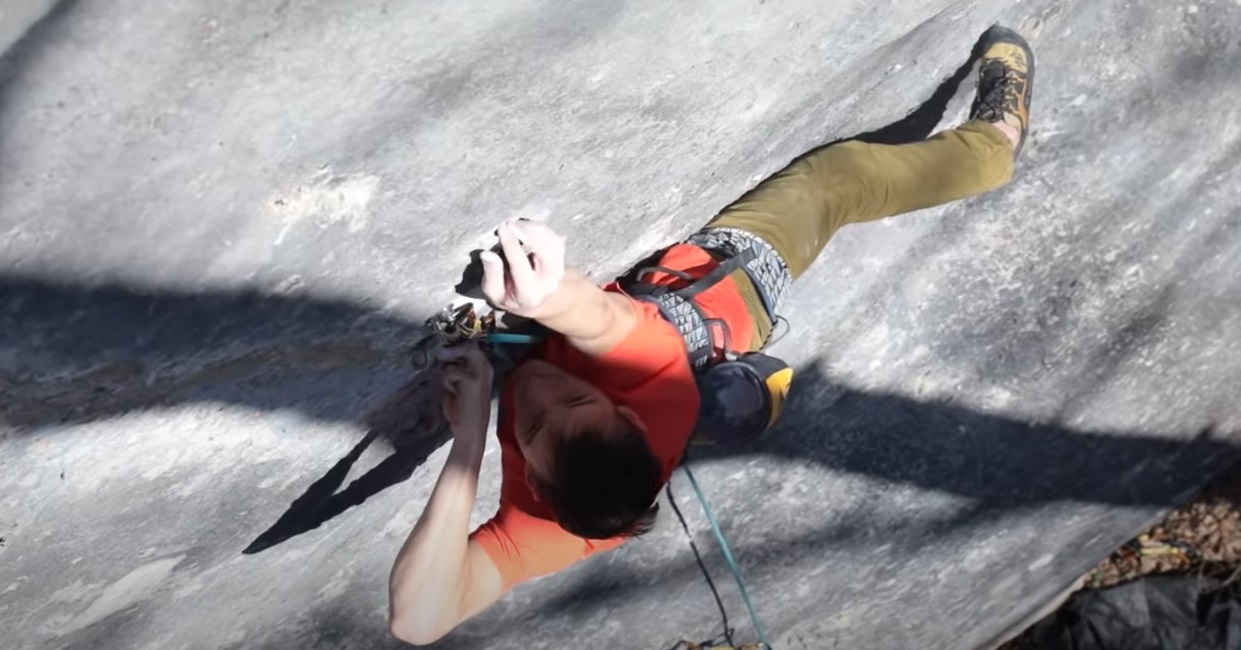

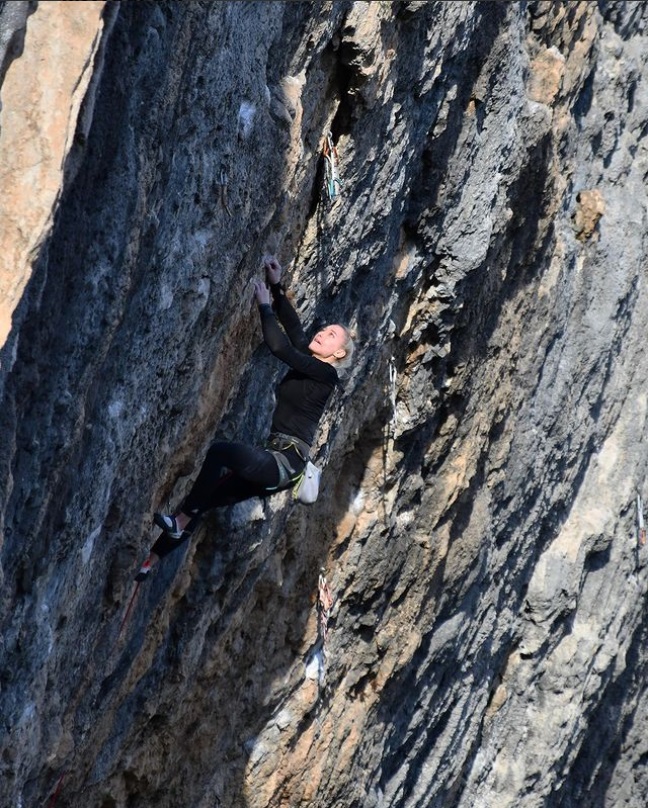

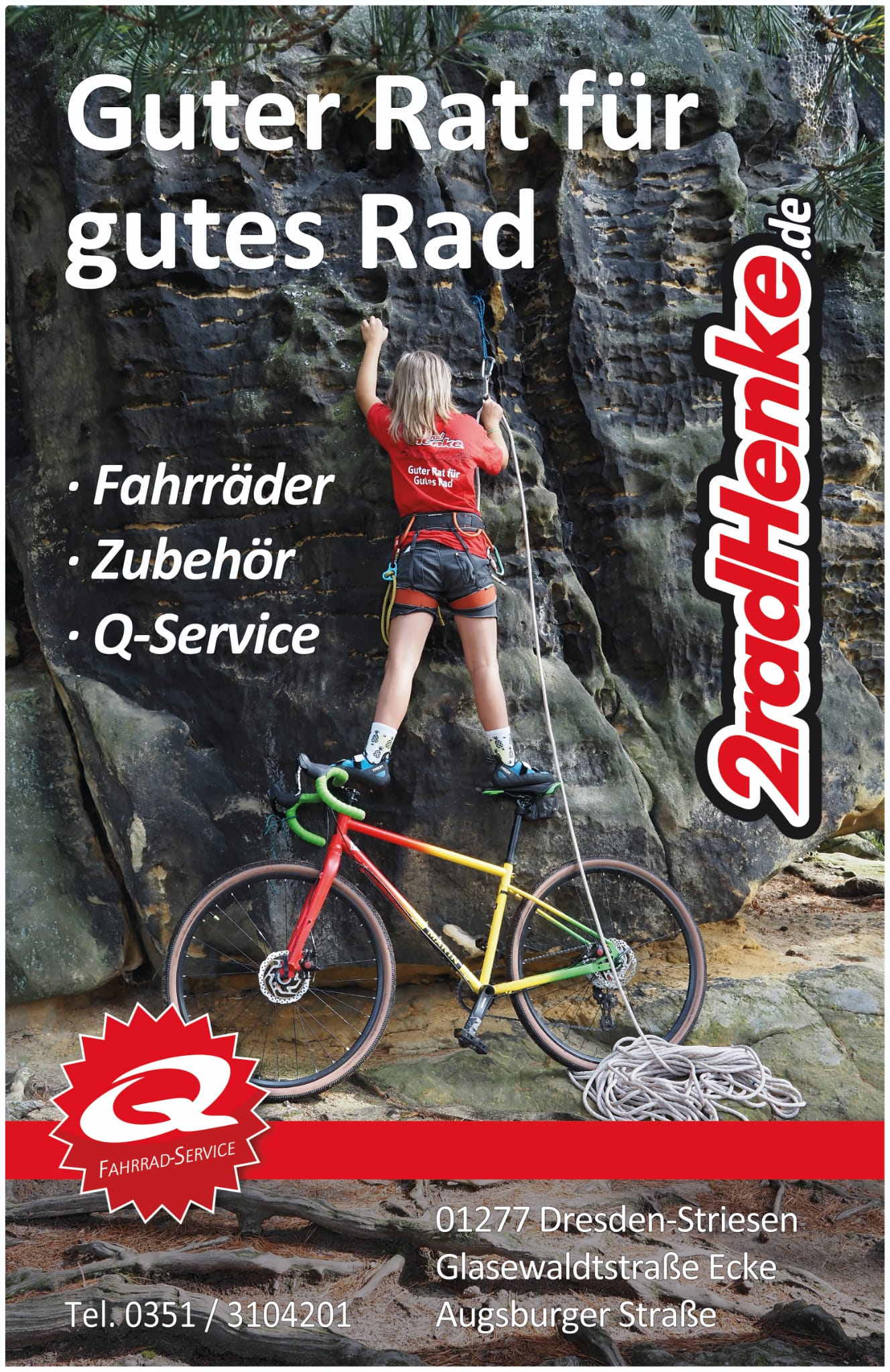
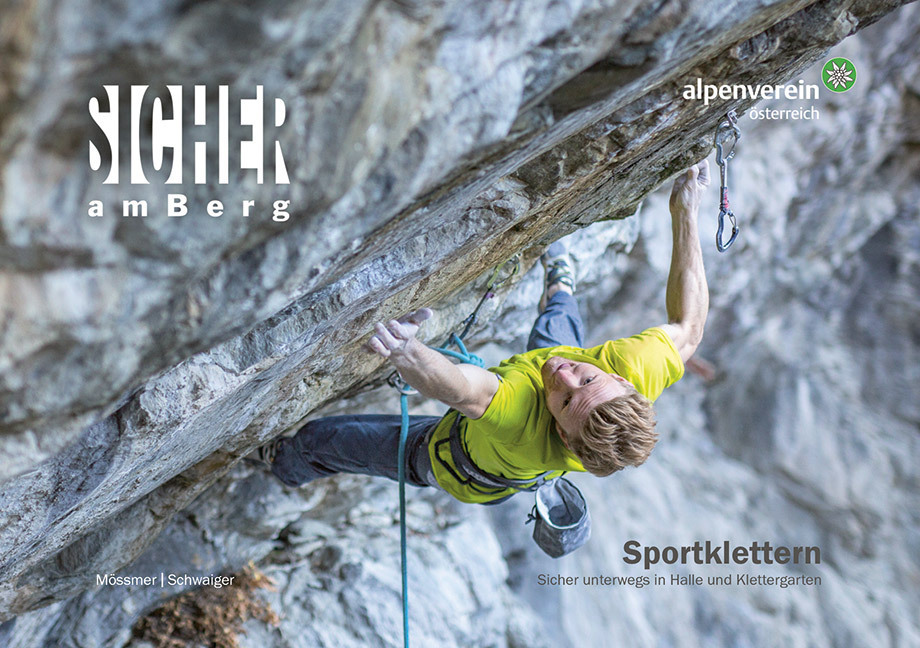
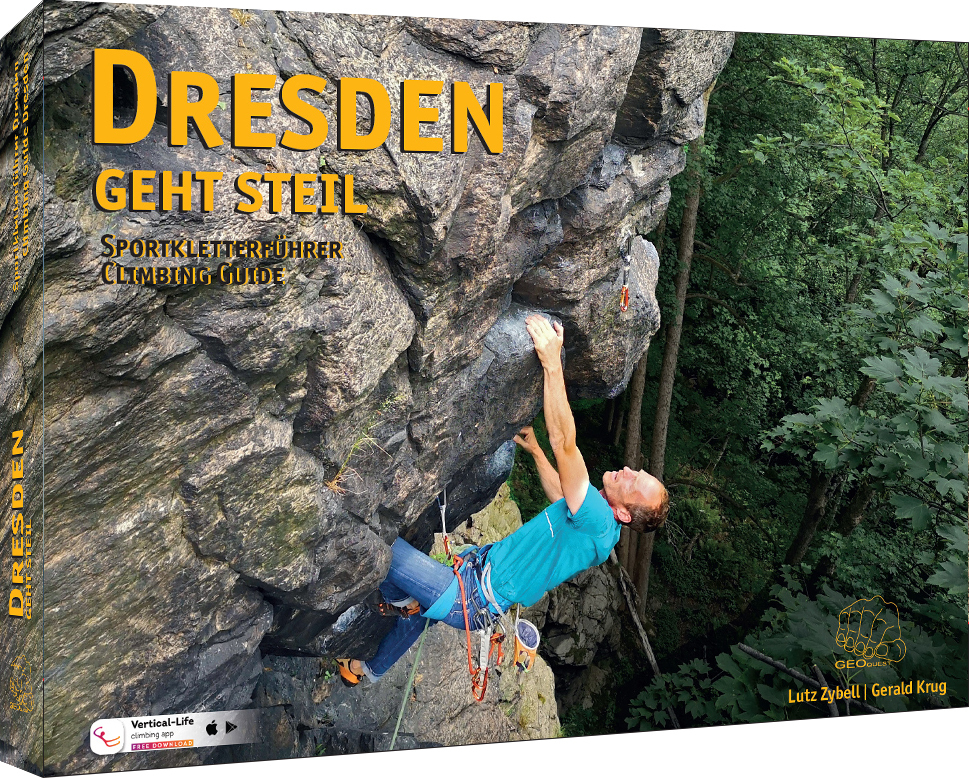
Ich reiche hiermit die fehlende Quelle des Direktzitats nach:
https://kayakandclimb.blogspot.com/2023/11/free-karma-on-half-dome.html?m=1